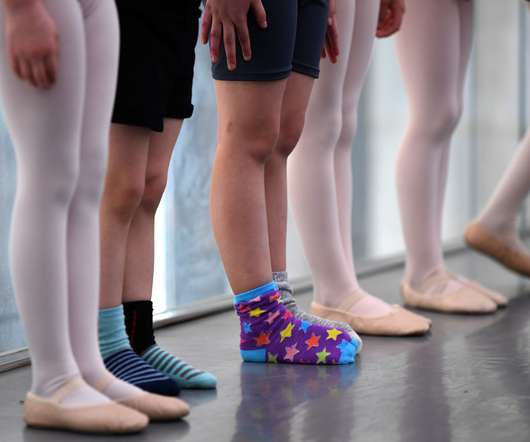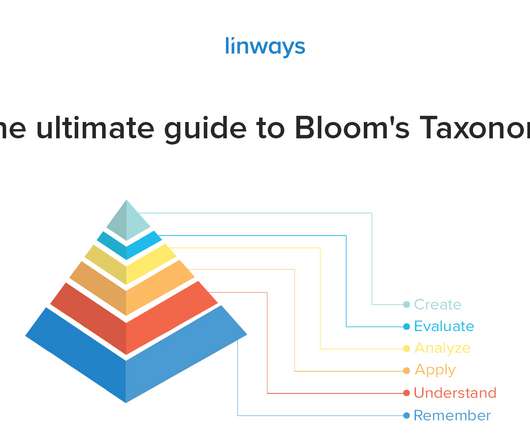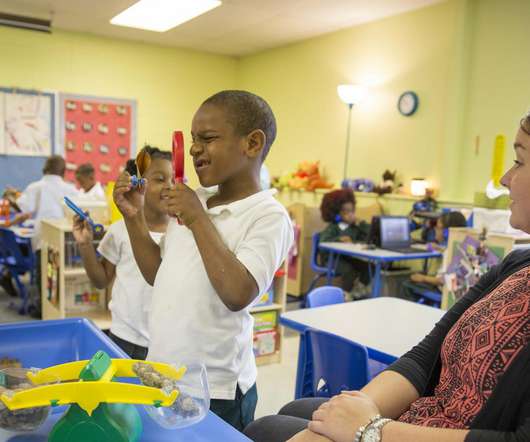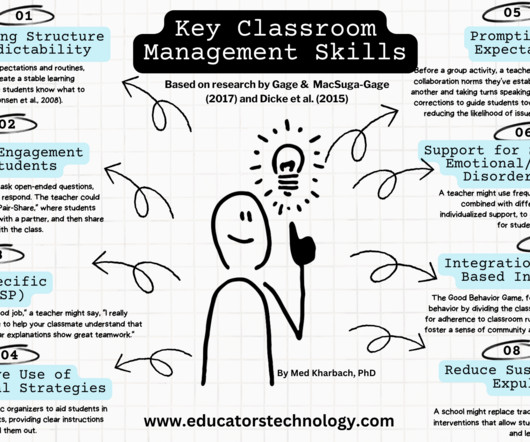PROOF POINTS: The lesson the arts teach
The Hechinger Report
JANUARY 2, 2023
Arts classes were further squeezed out after a 2001 federal law required schools to test children annually. Researchers randomly assigned 21 elementary and middle schools to receive arts education first and watched what happened to 8,000 of their students in grades three through eight. In the schools without art, 14.5






















Let's personalize your content